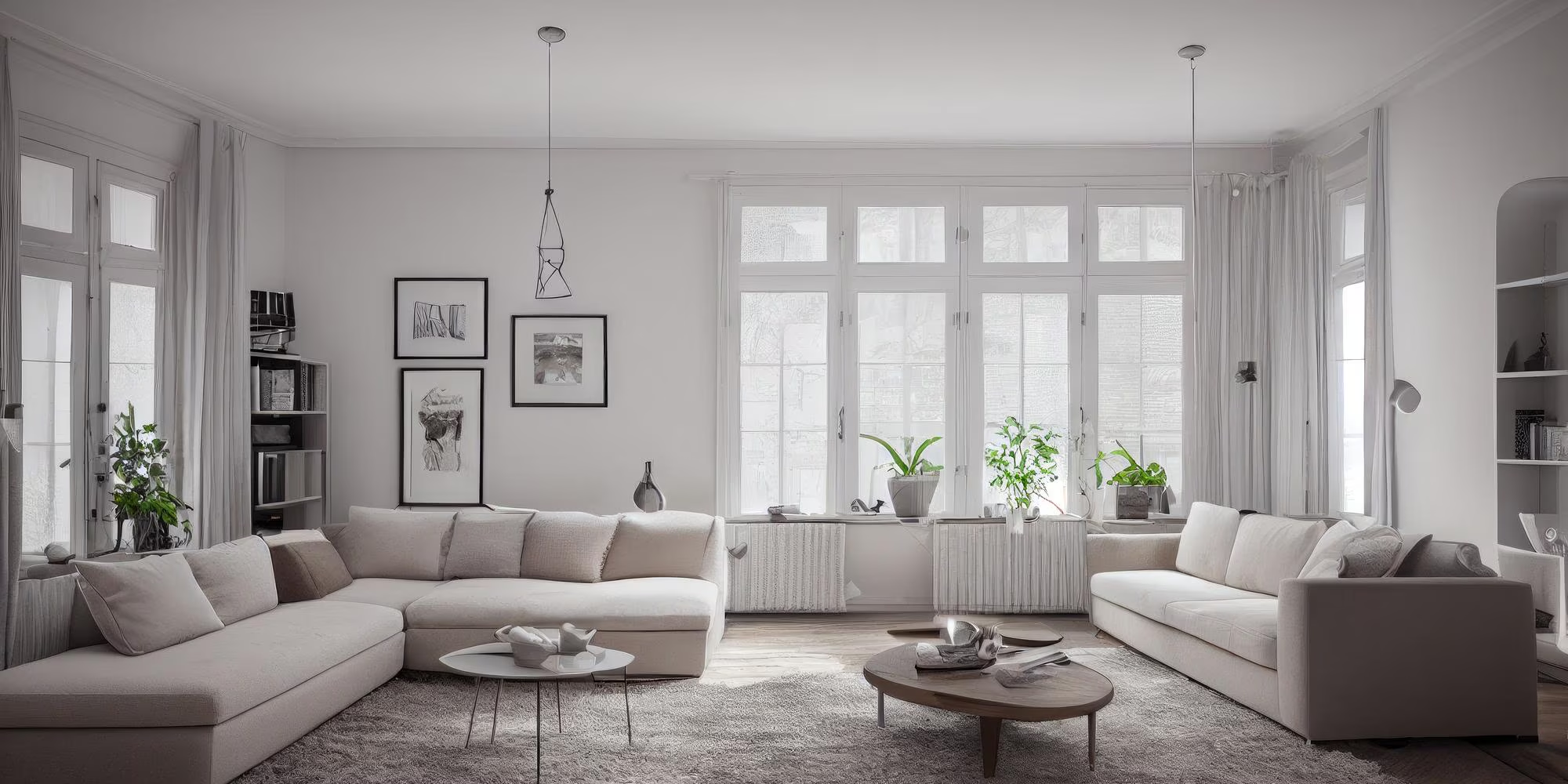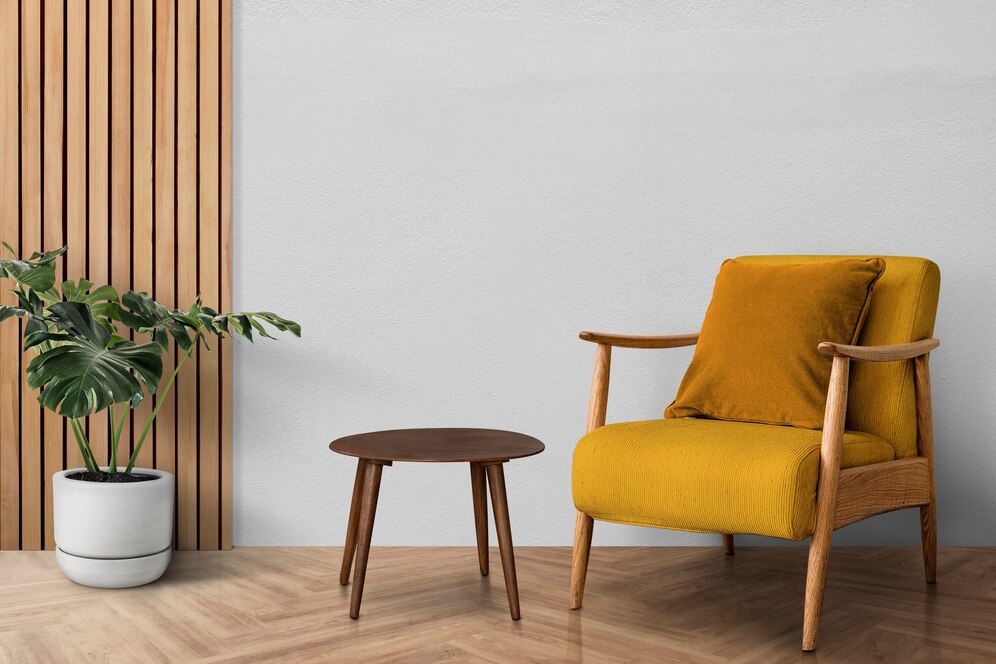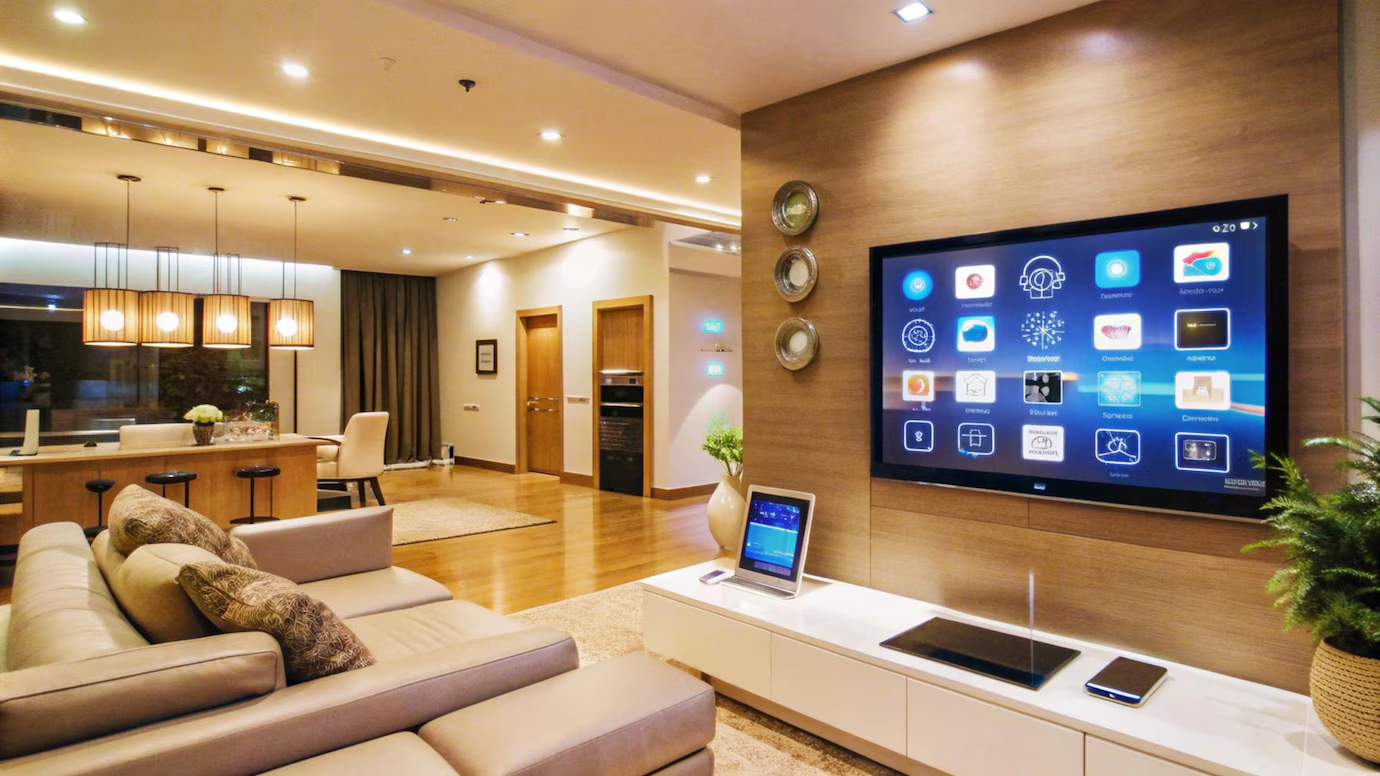
How to Blend Minimalism with Contemporary Design
Minimalism and contemporary design are loved for their clean looks, usefulness, and lasting charm. Blending these two styles needs a careful mix of simplicity and modern flair. Minimalism believes in “less is more,” but contemporary design loves new ideas and trends.
To achieve a perfect balance in interior design, create a space that looks great and works well. A great minimalist contemporary home is uncluttered and elegant. It should have carefully chosen elements that show simplicity and modern style. This guide shows how to blend minimalist interior design with modern home decor. You’ll learn to create a stylish, functional, and clutter-free space.

1. Understanding Minimalism and Contemporary Design
What is Minimalism in Interior Design?
Minimalism is about reducing excess and focusing on the essentials. It originated from Japanese Zen philosophy, which emphasises simplicity, harmony, and the elimination of unnecessary elements. Key characteristics of minimalist design include:
- Clean Lines and Simplicity: Minimalist interiors emphasize form and function. They remove any extra details or decorations. Furniture and decor should have sleek, straightforward designs with a focus on usability.
- Neutral Colour Palettes: Minimalist design often features muted colours. These include whites, greys, beiges, and monochromatic schemes. These tones create a calming and cohesive space.
- Decluttered Spaces: Minimalism emphasises ‘less is more.’ Every item in a minimalist space serves a purpose, and unnecessary objects are removed to create a visually peaceful environment.
- High-Quality Materials: Minimalism values high-quality, durable materials over quantity. It uses natural wood, stone, glass, and metal. These materials contribute to a refined yet understated aesthetic.
Contemporary Design Explained
Contemporary design refers to the evolving styles and trends that define modern interiors. Unlike minimalism, which adheres to a specific philosophy, contemporary design is more fluid and changes over time. Key features include:
- Innovative Materials and Technology: Smart lighting, energy-efficient appliances, and mixed media furniture shape modern homes.
- Fluid and Evolving Aesthetics: A modern space can mix styles like industrial, classic, and contemporary. This creates a lively and changing interior.
- Open and Airy Layouts: Contemporary interiors favour open floor plans that maximise space and natural light.
- Bold Accents: Statement pieces like furniture, artwork, or lighting bring personality and contrast to modern spaces.
By understanding the principles of each, you can strategically merge both styles to craft a home that feels sleek yet warm.
2. Choosing a Harmonious Colour Palette
A well-selected colour palette is the foundation of blending minimalist interior with contemporary styling. Consider:
- Soft Neutrals as a Base: Whites, greys, and earth tones maintain a minimalist feel while allowing other design elements to shine.
- Contrast with Bold Accents: Deep blues, forest greens, and terracotta add contemporary drama without overwhelming the minimalist essence.
- Metallic and Matte Finishes: Mixing matte surfaces with metal accents like brass, black steel, or chrome boosts the modern look.
Incorporating Colour in a Minimalist Contemporary Home
Minimalist homes often avoid excessive colour, but contemporary design encourages experimentation. To find the right balance, use bold colors sparingly. You can do this with accent walls, statement furniture, or decor items. A single pop of colour in an otherwise neutral space can create a focal point while maintaining simplicity.

3. Furniture Selection: Balancing Function and Aesthetics
Minimalist Approach to Furniture
When selecting furniture, opt for pieces that follow these principles:
- Sleek Silhouettes: Avoid overly ornate designs and instead focus on geometric shapes and clean lines.
- Functional Multipurpose Pieces: Storage coffee tables, modular sofas, and convertible furniture boost usability. They also help keep spaces tidy.
- Quality over Quantity: Invest in fewer but high-quality items. Instead of filling a space with multiple pieces, choose a few that truly stand out and serve a purpose.
Contemporary Touches
- Statement Pieces: A sculptural chair, an asymmetrical mirror, or bold artwork can instantly elevate the space.
- Mixed Materials: Blend natural wood with metal, glass, or concrete for a sophisticated look.
- Curved Forms: While minimalism often embraces sharp angles, contemporary design integrates softer curves. Consider rounded sofas, arched doorways, or oval dining tables to introduce an organic flow.
4. Maximising Space and Light
A core element of both styles is creating an open, breathable space. Achieve this by:
- Embracing Open-Plan Layouts: Minimise partition walls to allow a seamless flow of energy and light.
- Utilising Natural Light: Large windows, sheer curtains, and reflective surfaces amplify natural brightness.
- Strategic Lighting Fixtures: Pendant lights, recessed lighting, and LED strips enhance ambience while maintaining a clean aesthetic.
- Minimalist Decor Choices: Avoid heavy drapes, excessive furniture, or overcrowded shelves that can make a space feel cluttered.
The Role of Lighting in a Minimalist Contemporary Home
Lighting is more than just illumination; it plays a critical role in setting the mood of a space. Minimalist contemporary homes benefit from layered lighting, including:
- Ambient lighting to create overall brightness.
- Task lighting for specific activities like reading or cooking.
- Accent lighting to highlight artwork or architectural features.
5. Incorporating Textures for Warmth and Depth
Minimalist interiors sometimes risk feeling too stark, but texture adds depth without compromising the aesthetic. Consider:
- Natural Materials: Linen, wool, rattan, and unfinished wood provide warmth and authenticity.
- Layered Textures: A wool rug over a concrete floor or velvet cushions on a leather sofa adds depth.
- Subtle Patterns: Geometric prints, subtle stripes, or monochromatic textures contribute to a dynamic yet refined look.
6. Smart and Sustainable Living
A contemporary minimalist home thrives on smart solutions and sustainability. Key integrations include:
- Automated Smart Systems: Voice-controlled lighting, climate control, and security enhance convenience.
- Eco-Friendly Materials: Reclaimed wood, bamboo flooring, and non-toxic paints contribute to sustainability.
- Multi-Functional Spaces: Home offices that double as reading nooks, or dining areas that transform into workstations.
7. Personalising a Minimalist Contemporary Space
While minimalism avoids excess decoration, a personalised touch is essential for a homely feel. Achieve this through:
- Curated Art Displays: One or two large statement pieces instead of multiple small ones.
- Books and Sculptural Decor: Selective yet meaningful pieces.
- Nature Elements: Indoor plants like succulents, bonsai, or olive trees add freshness.

Crafting a Minimalist Contemporary Haven
Blending minimalism with contemporary design creates a refined yet comfortable space that feels both modern and timeless. By focusing on clean lines, a harmonious colour palette, functional furniture, and smart solutions, you can design a contemporary space that embodies simplicity without sacrificing warmth and personality.
Start with one area of your home and gradually apply these principles to craft a stylish and serene living environment that embodies the best of both worlds.